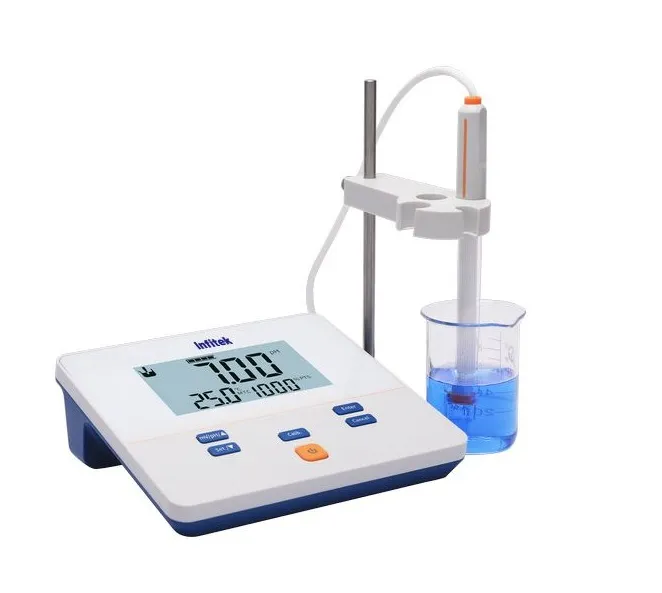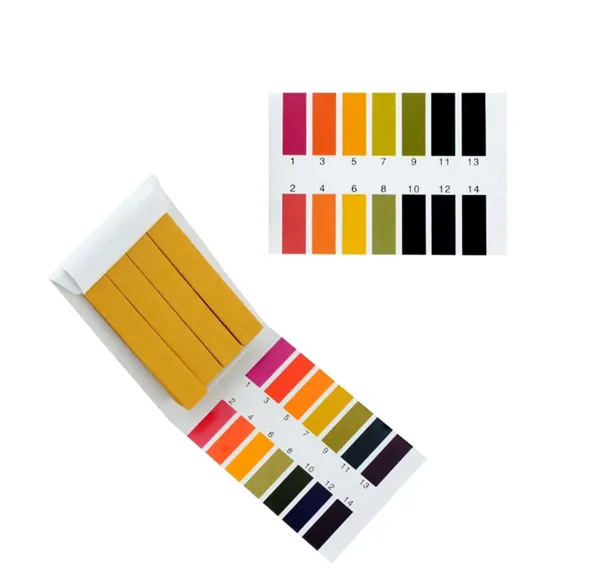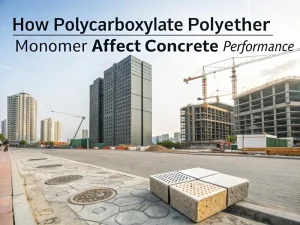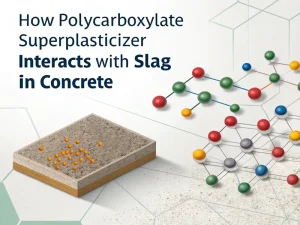Blog

Polycarboxylate Superplasticizer are high-performance water-reducing agents. Among its key properties, pH value plays a critical role in determining its stability, compatibility and effectiveness.
The pH value of Polycarboxylate Superplasticizer is 5-9.
Polycarboxylate water reducing agent can be divided into PCE powder and PCE liquid two forms. Their pH values are also different.
Name | Inspection ltem | Technical Standards |
PCE Powder | pH Value | 7-9 |
| pH (23℃) | 9.0+1.0 |

Name | Inspection ltem | Technical Standards |
PCE Liquid | pH Value | 5-7 |
Acrylic acid derivatives: the main monomer (such as methoxy polyethylene glycol acrylate) has weak acidity.
Neutralizer: Sodium hydroxide (NaOH) or triethanolamine (TEA) adjusts the pH to the target range. ,
The purity of the raw material and whether it contains impurities will also affect the pH value of the final product.
Polymerization pH: control between 4.5-6.5 during synthesis to optimize molecular weight and branching.
Post-synthesis adjustment: Use alkaline reagents to fine-tune the final pH to 6.5-8.5.
Retarders, accelerators, etc., may slightly alter the pH (e.g., lignosulfonates lower the pH, while nitrates raise it).
Over time, hydrolysis or microbial activity can alter pH.
The pH of the polycarboxylate liquid affects its interaction with cement particles. In the appropriate pH range, the carboxylic acid groups on the polycarboxylate molecules are effectively adsorbed onto the surface of the cement particles. In the proper pH, this adsorption is optimized, resulting in a strong electrostatic repulsion between the cement particles. This repulsion helps to disperse the cement particles homogeneously in the concrete mixture, reducing the amount of water required to achieve the desired compatibility.
Suppose the pH is too low (acidic). In that case, it may lead to premature hydration of some cement components, such as tricalcium aluminate (C3A). This may result in a rapid loss of concrete compatibility because C3A reacts rapidly with water and polycarboxylate high-performance water reducers (HPWRs), reducing the effectiveness of the HPWRs in keeping the cement particles dispersed.
On the other hand, if the pH is too high (alkaline), the polycarboxylate molecules may undergo structural changes, which can also impair their ability to adsorb onto cement particles and provide effective dispersion.
The pH of the polycarboxylate liquid affects the overall chemical reactions that occur during concrete hydration. Concrete hydration is a complex process involving the reaction of cement minerals with water. The presence of polycarboxylate ethers at the proper pH can alter the rate of these reactions.
The proper pH slows down the early hydration of the cement, which facilitates the maintenance of compatibility during concrete transportation and placement. It permits the concrete to remain fluid longer without sacrificing final strength development. In contrast, an incorrect pH can upset the delicate balance of hydration reactions, causing concrete to harden too quickly or too slowly.
pH also affects the physical and chemical stability of polycarboxylate liquids. The proper pH helps prevent precipitation, aggregation, or degradation of polycarboxylate polymers in liquid form. Suppose the pH is not in the optimum range. In that case, the polycarboxylate molecules may begin to decompose or form aggregates, which can reduce the effectiveness of the high-efficiency water reducer and also lead to clogging of the storage and distribution systems used in concrete production plants.
pH meter: calibrated with standard buffers (pH 4.0, 7.0, 10.0) to ensure accuracy.
Test paper: fast but less accurate (±0.5 pH units).


Decrease pH: add citric or acetic acid (0.1-0.5% by weight).
Increase pH: use NaOH or TEA (0.05-0.2%).
The pH value of polycarboxylate superplasticizer is a critical parameter that significantly affects their performance in concrete applications and their stability during manufacture and storage.
Accurate measurement and adjustment of pH are essential steps in the production of polycarboxylate superplasticizer and their use in concrete.
If you need a customized product, please ask us!

How Polycarboxylate Polyether Monomer Affect Concrete Performance
Blog How Polycarboxylate

How Polycarboxylate Superplasticizer Interacts With Slag In Concrete
Blog How Polycarboxylate